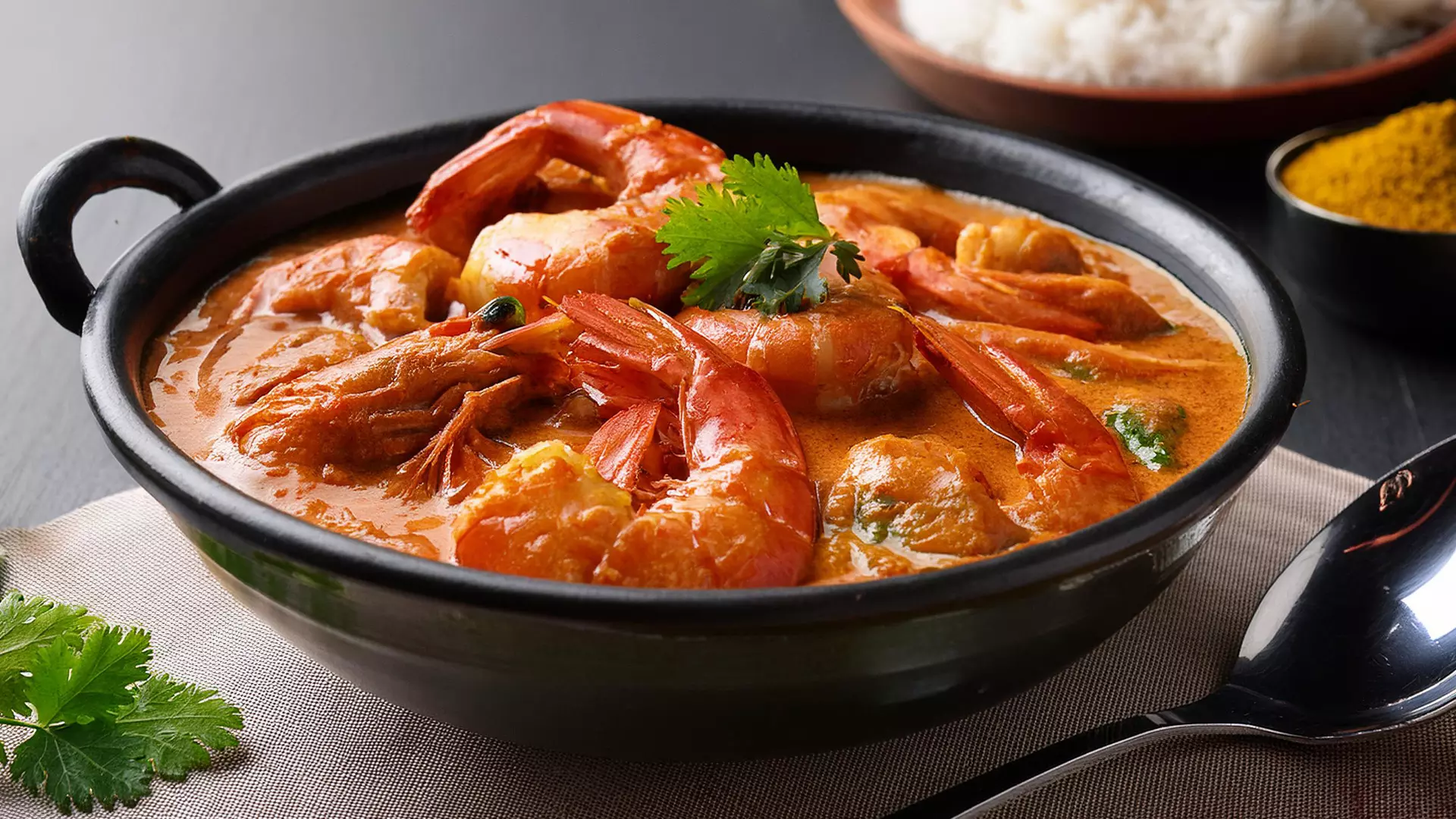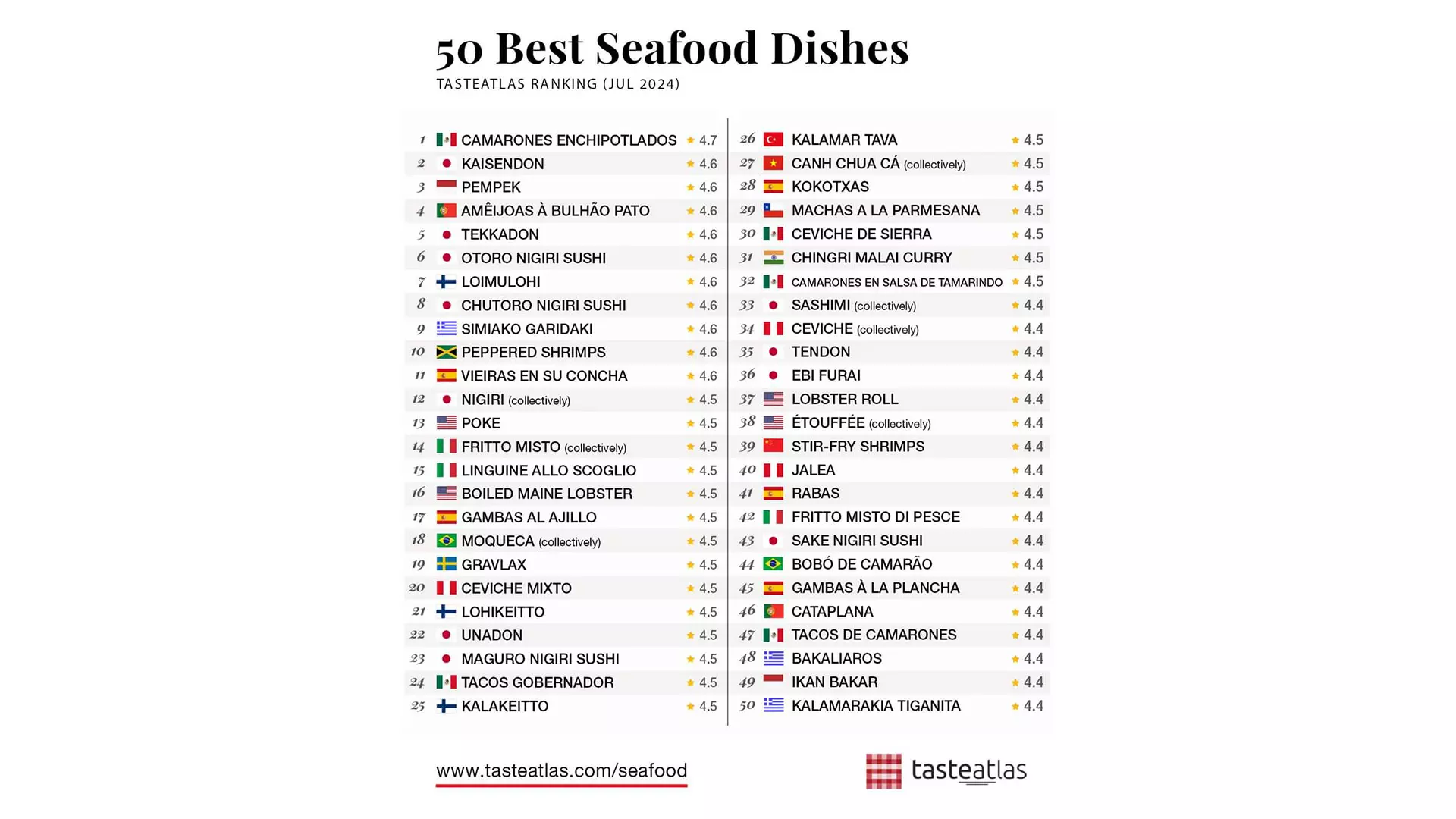
- Home
- India
- World
- Premium
- THE FEDERAL SPECIAL
- Analysis
- States
- Perspective
- Videos
- Sports
- Education
- Entertainment
- Elections
- Features
- Health
- Business
- Series
- In memoriam: Sheikh Mujibur Rahman
- Bishnoi's Men
- NEET TANGLE
- Economy Series
- Earth Day
- Kashmir’s Frozen Turbulence
- India@75
- The legend of Ramjanmabhoomi
- Liberalisation@30
- How to tame a dragon
- Celebrating biodiversity
- Farm Matters
- 50 days of solitude
- Bringing Migrants Home
- Budget 2020
- Jharkhand Votes
- The Federal Investigates
- The Federal Impact
- Vanishing Sand
- Gandhi @ 150
- Andhra Today
- Field report
- Operation Gulmarg
- Pandemic @1 Mn in India
- The Federal Year-End
- The Zero Year
- Science
- Brand studio
- Newsletter
- Elections 2024
- Events
Who won the war of palates between prawn versus hilsa in Bengal?

We gossip, we quarrel, we expend our energy in words; we use strong language, and fly into great rages over the smallest of subjects.This characterisation of the French by great historian Jules Michelet fits the Bengalis too, wrote Indian historian Ramchandra Guha in an article: Why Bengal is to India what France is to the world? Anyone who ever partook or witnessed a verbose...
We gossip, we quarrel, we expend our energy in words; we use strong language, and fly into great rages over the smallest of subjects.
This characterisation of the French by great historian Jules Michelet fits the Bengalis too, wrote Indian historian Ramchandra Guha in an article: Why Bengal is to India what France is to the world?
Anyone who ever partook or witnessed a verbose discourse, romantically termed adda in Bengali, waged at any random roadside tea stall in Bengal, would relate to Guha.
Talking points in these impromptu verbal joust could be anything — and not necessarily intellectually stimulating.

One frequent subject, other than of course politics, which often stirs a passionate debate in these adda sessions, is the comparative excellence of the prawn and the hilsa.
No one can tell for certain what prompted Bengalis to pit these harmless aquatic creatures against each other. Is it because of their surreal appetite for “fish” or equally strong craving to pick up an argument? Well, that can be a topic for another engaging adda session.
Usually, one who can shout louder wins the argument. But of late, prawn-baiters, who not too long ago dared to mock crustaceans as subaltern for not being classified as fish, are on the backfoot. This, despite East Bengal handing down a 2-1 drubbing to arch rival Mohun Bagan in the season’s first derby earlier this month.
Before unravelling the strange connection of two iconic Kolkata football clubs with the aquatic animals, it’s imperative to highlight the latest feat that helped lowly prawn score over hilsa, often called macher raja (king of the fish) by its connoisseurs. Needless to say, they are invariably Bongs.
A Bengali delicacy made with prawn known as chingri malaikari or malai chingri (also called malai curry) has been recently enlisted among the Top 50 best seafood dishes from around the world. It ranked 31st on the Taste Atlas ranking to be the only Indian cate to secure a spot in the exalted list. For the uninitiated, prawn is called chingri in Bengali.
Headquartered in Zagreb, Croatia, Taste Atlas is the world’s first online global atlas of traditional dishes, local ingredients, and authentic restaurants.
With its glorious days long past and prominence having waned, any form of recognition at the global stage has long eluded the Bengalis, depriving bhadraloks an opportunity to tom-tom their cultural supremacy.

Amidst this sense of hopelessness, the news from Zagreb would at last give bongs something to moon over. More so, as they now can claim vindication of what they have been claiming for about 3000 years.
Chingri malaikari, along with bhapa illish (steamed hilsa) and kosha mangsho (mutton sautéed till dry) form a troika of Bengali culinary delight without which a grand Bengali feast can never be complete.
Prawn malaikari has several versions as every family adds their own touch to it. The two essential ingredients that go in its making are, of course, prawns and creamy coconut milk.
This dish can though be prepared with any fresh water large-sized prawn, jumbo prawn (locally called golda chingri) makes the best chingri malaikari. This is because jumbo prawn, unlike tiger prawn (bagda chingri), has a larger head, filled with gooey stuff that is quite flavoury and melts into the oil as you cook it, adding creaminess to the delicacy.
The malai in the name of the dish, however, has nothing to do with its creamy texture as one would presume. The etymology has a history to it tracing back to Pala and Chandra dynasty in the 8th to 12th centuries. Those were the spice route era when traders and sailors from Malaysia and other parts of South East Asia frequented this part of the subcontinent and influenced the culinary culture of each other.
The ubiquitous malaikari of Bengal is the product of that assimilation. The malai in its name therefore comes from the word ‘Malay’ as in Malaysia. It is believed to be the offshoot of two Malaysian dishes — Malay Kari Udang, a coconut prawn curry and Laksa, a spicy coconut soup.
Over the years, it has made its place in the heart and hearth on either side of the now geographically-divided Bengal. That however did not prevent disputative Bengalis from creating a bitter-sweet rivalry between prawn and hilsa, linking the two with the constructed notions of differences between people of the eastern and western parts of the undivided Bengal based on food, dialects and culture.
These differences created two sub-groups within the generic Bengali ethnicity. Those who traced their roots to East Bengal (now Bangladesh) have come to be known as Bangals and natives of West Bengal are commonly referred to as Ghotis.
The two aquatic creatures strangely got entwined in the sibling rivalry, with hilsa becoming a mascot of Banglas and prawn that of Ghotis.
Both prawn and hilsa are found in the waterbodies of West Bengal and Bangladesh and are equally savoured by Bengalis of both origins.
Despite the commonality, prawn and hilsa strangely have become markers of two distinctive identities, spilling the culinary rivalry over to two Kolkata football giants founded on the perceived ethnic divide.
Mohun Bagan was established prominently by some financially affluent Ghotis in 1889. At that time most of the Calcutta (now Kolkata) clubs were governed by the Ghotis.
The hegemony was challenged in 1920 with the formation of East Bengal to represent the immigrant population of the city.
Since then, fish loving football fans of East Bengal have been celebrating their victory over the Mohun Bagan devouring hilsa and vice versa, triggering a fish war that has been raging for over a century.
In the cold war, prawn with its latest glory seems to have won the battle over hilsa for now.
